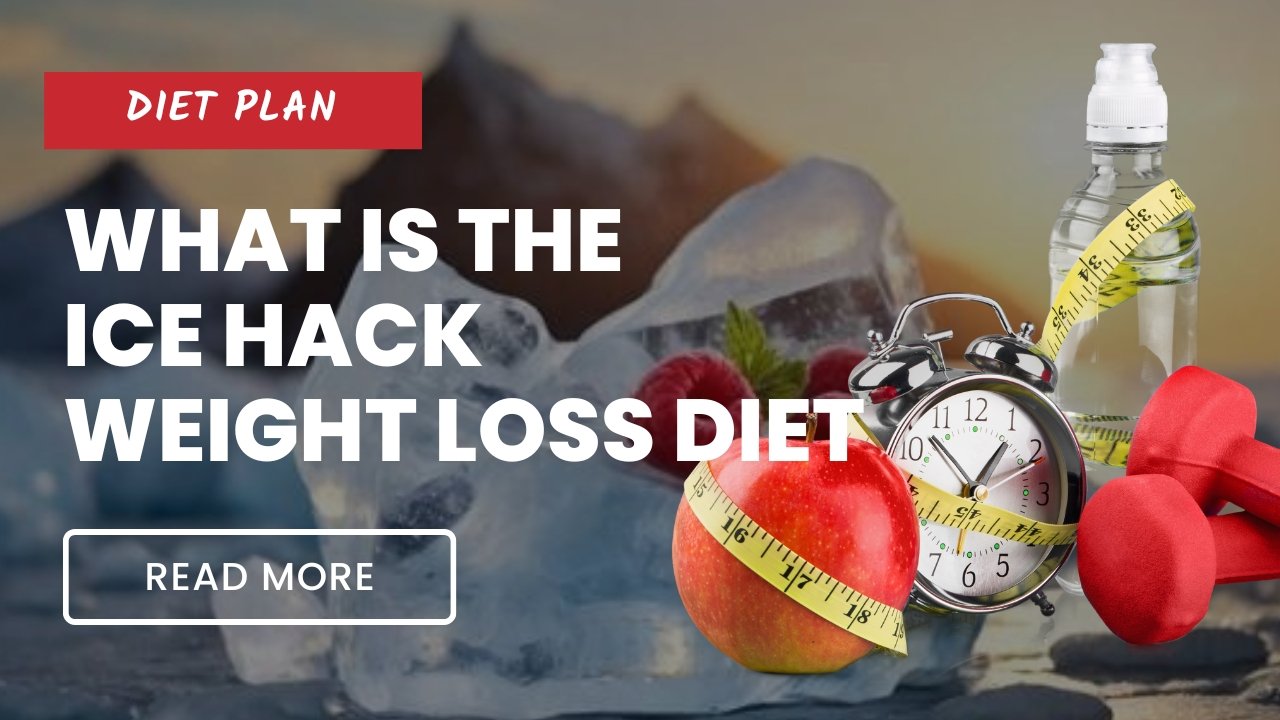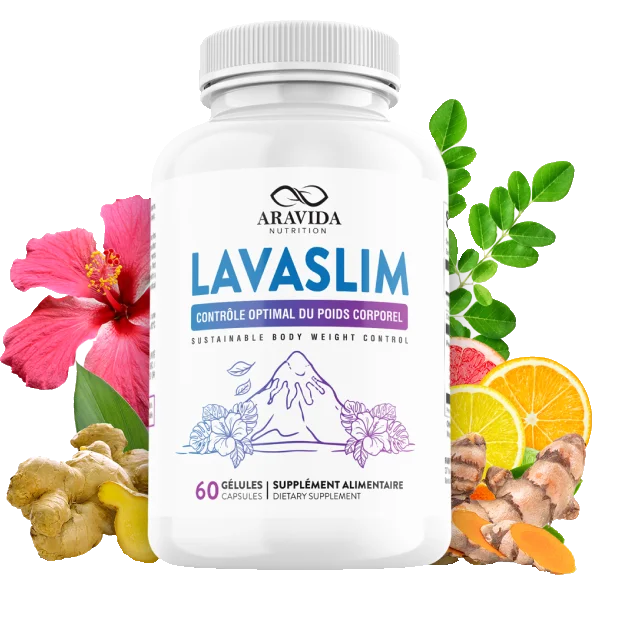Welcome to a frosty frontier in the world of weight loss. You may have heard whispers about a weight-shedding phenomenon that involves nothing but a humble bag of ice. Intrigued? We don’t blame you. Conventional weight loss wisdom often leans on diet, exercise, and the occasional supplement, but what if something as simple and accessible as ice could crack the code to those elusive pounds? This comprehensive foray into the “ice hack weight loss” strategy will unpack the science, safety concerns, and potential effectiveness of using cold exposure to melt away the inches.
In the sea of quick fixes and fad diets, the ice hack has emerged as both an enigma and a beacon of hope for those seeking a novel approach to healthier living. We will explore how the idea sprouted, what it actually involves, and whether it could be the cool tool you’ve been searching for.
The Icy Origins of an Unconventional Method
The “ice hack” steps into the limelight as a fringe practice embraced by a community of wellness enthusiasts who tout its ability to ramp up calorie burning. But where did this notion chill out from, and is there any factual backbone beneath the frosty allure?

Ice and Its Metabolic Implications
Once upon a chilly time, researchers stumbled upon evidence suggesting that exposure to cold temperatures could trigger an increase in brown adipose tissue (BAT) activity. Unlike its energy-storing counterpart, white adipose tissue, BAT burns calories to generate body heat. It’s the human body’s innate thermostat, operating discreetly behind your ribcage.
This discovery set the stage for what became known as “cold thermogenesis,” where participants in various studies were found to burn additional calories when exposed to lower temperatures. Ice aficionados seized upon this data, hypothesizing that targeted cold exposure could be the crux of a DIY weight loss routine.
Social Media and the Ice Hack Sensation
The mirage of easy weight loss catapulted cold exposure to social media stardom. Users swapped stories of wrapping ice packs, barely-there swimsuits, and frozen water bottles in a dance with their metabolisms. But as with any trend, what begins as cautious curiosity can quickly transform into fervent fanaticism. The question remained: Does this chilly reception really translate to sustainable weight loss?
The Ice Hack Unpacked
Armed with shivers, proponents of the ice hack declared the strategy as a shortcut to torching fat. But in reality, the execution is a bit more nuanced than simply standing in a freezer or sporting an ice vest.
The Essential Ice Hack Toolkit
The adorned armor in the ice warrior’s arsenal could consist of various icy implements. From specialized cooling vests to localized wrap applications, the intention is to bring the cold to a specific part of the body. Advocates pin their hopes on spot-reducing fat in these targeted zones, especially areas notorious for stubborn adiposity, such as the abdomen and thighs.
Cold Showers and Cold Adaptation
The more stoic practitioners approach the ice hack with the philosophy of cold adaptation—exposing the body to increasingly chillier conditions over time. The result, they claim, is a hardier physiology that can withstand lower temperatures with less discomfort. Wim Hof, the “Iceman” who popularized a similar technique, practices a method of breathing and cold exposure to purportedly bolster health and resilience.
The allure of simplicity is hard to deny, but before we start reaching for the ice cubes, a crucial question must be addressed—is this frigid fixation a frozen fallacy or a viable strategy?
BURN FAT
NATURALLY
MUCH MORE EFFECIENT!
LavaSlim is unlike anything you’ve seen or tried before. It is one of the only products in the world that contains 6 nutrients and plants from volcanoes intended to target and normalize low internal temperature, which is the real cause of your unexplained excess weight.
Image Credit: Beach
The Cold Truth on Weight Loss
While the science linking cold exposure to calorie consumption is compelling, the efficacy of the ice hack for long-term weight loss is less clear.
Temporary Caloric Burn
Experiments validating the ice hack’s potential yield mixed results. While there’s evidence to suggest that cold exposure can raise metabolic rate and burn additional calories, the incremental increase may not be as significant as the frosty fanbase would hope. The body’s response to these thermal challenges is a complex interplay of hormones and physiological changes, and reliance on cold alone as the catalyst for weight loss might be an oversimplification.
Safety Concerns and Caveats
Beyond the potential futility of the endeavor, there are safety considerations to chill the enthusiasm. Prolonged or extreme cold exposure can lead to tissue damage, hypothermia, and even paradoxical adipose hyperplasia—a rare condition where the targeted fat actually increases following cold therapies.
The Realism of Permanent Weight Loss
Weight loss isn’t simply about shedding calories; it’s a multifaceted endeavor that demands a sustainable approach. The ice hack, as a standalone strategy, may offer fleeting results at best. Real transformation is derived from consistent, wholesome dietary choices, regular physical activity, and behavioral adjustments that foster a balanced lifestyle.
An Icy Epiphany or Arctic Anecdote?
Amidst the allure of a quick fix, the icy weight loss ventures might just be a fleeting fancy. The take-home is that while there is merit to the notion that cold exposure could play a role in managing weight, it’s not a magic bullet. And just like any tool, it’s all about how you use it.
Conclusion
To warm up to an approach that aligns with sustainable weight management, focus on the long game. Incorporate a variety of exercises that support muscle development, foster healthy eating habits without restrictive behaviors, and, by all means, revel in those cold showers if they invigorate your day but as part of a greater wellness mosaic, not as dominant strokes in an isolated canvas.
FAQs - Ice Hack Weight Loss Unwrapped
Safety lies in moderation. Casual applications such as ice packs or brief cold exposures are unlikely to pose significant risks. However, extreme cold exposure should be undertaken with caution and preferrably checked by a healthcare professional.
The concept of “spot reduction” through targeted cold exposure is a subject of debate. While it’s theoretically possible to stimulate fat conversion through temperature changes, the overall impact on body composition may be limited.
The ice hack, as a standalone practice, is not a substitute for comprehensive weight loss strategies that address diet, exercise, and holistic lifestyle changes. It may complement a well-rounded routine when applied sensibly and safely.
Experiment if you must, but prioritizing established weight loss methods backed by research and professional guidance is crucial. Keep the ice hack as a frigid footnote in your wellness tale, not the entire book.
The wellness industry is continually evolving, and the ice hack could find its place as part of a larger narrative around unconventional health practices. Research may uncover new insights that refine its application or inform related therapies.







